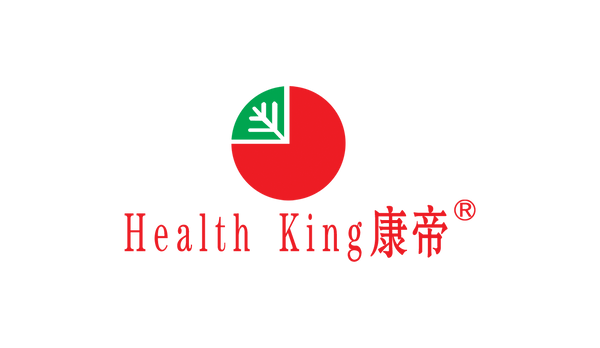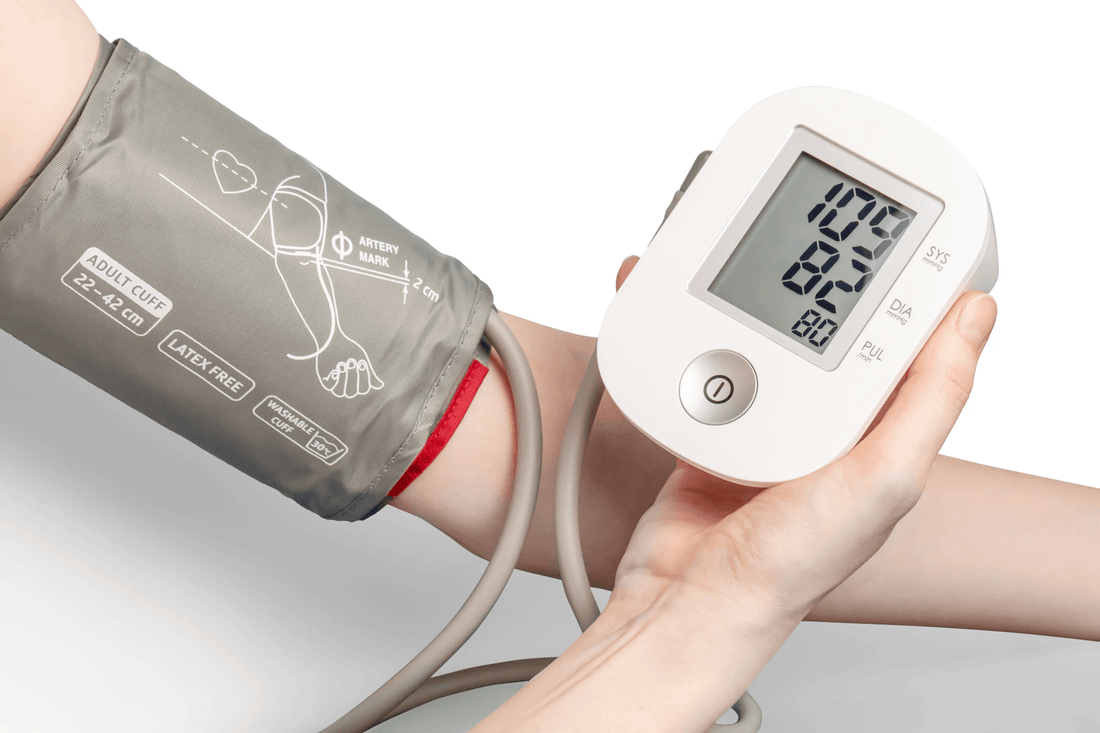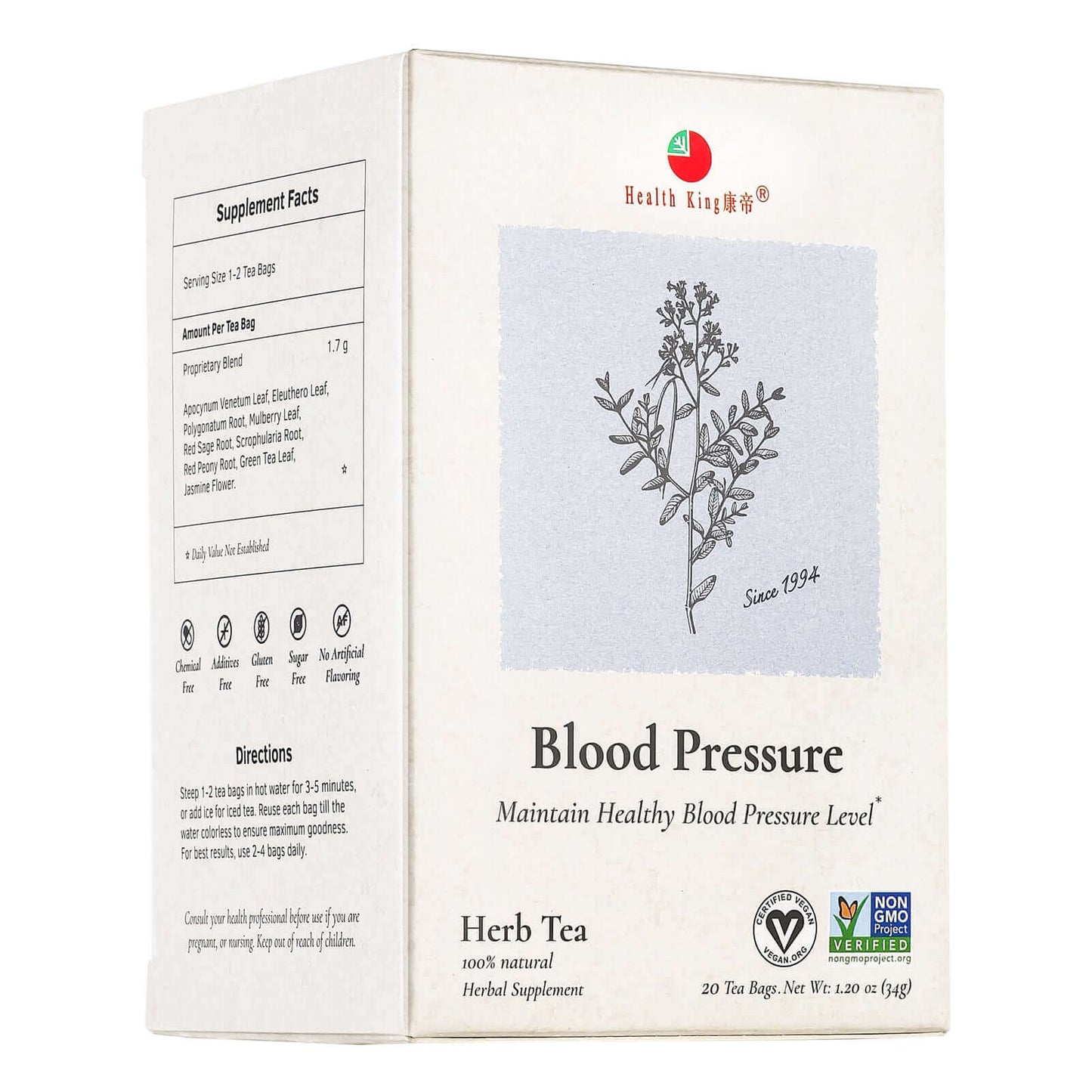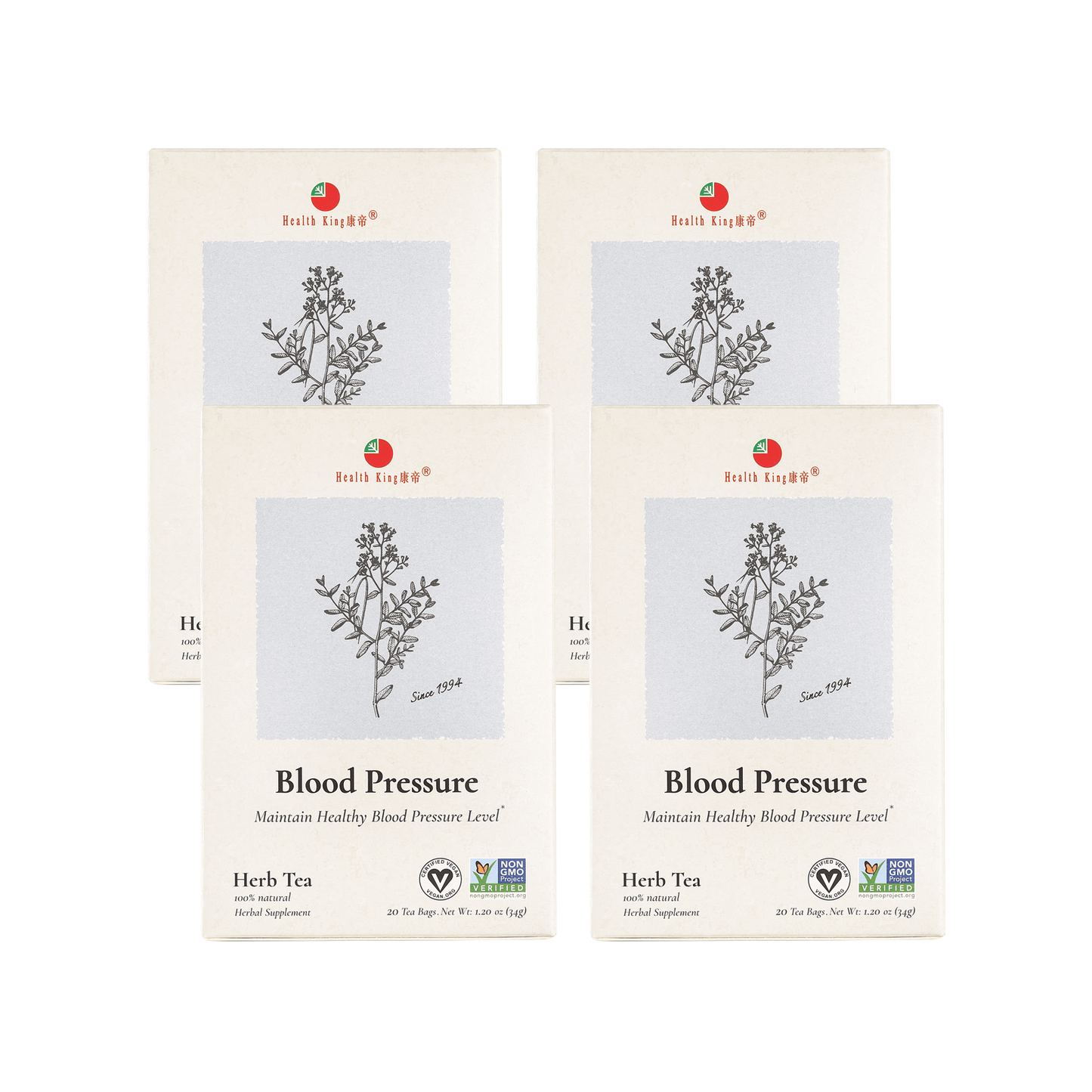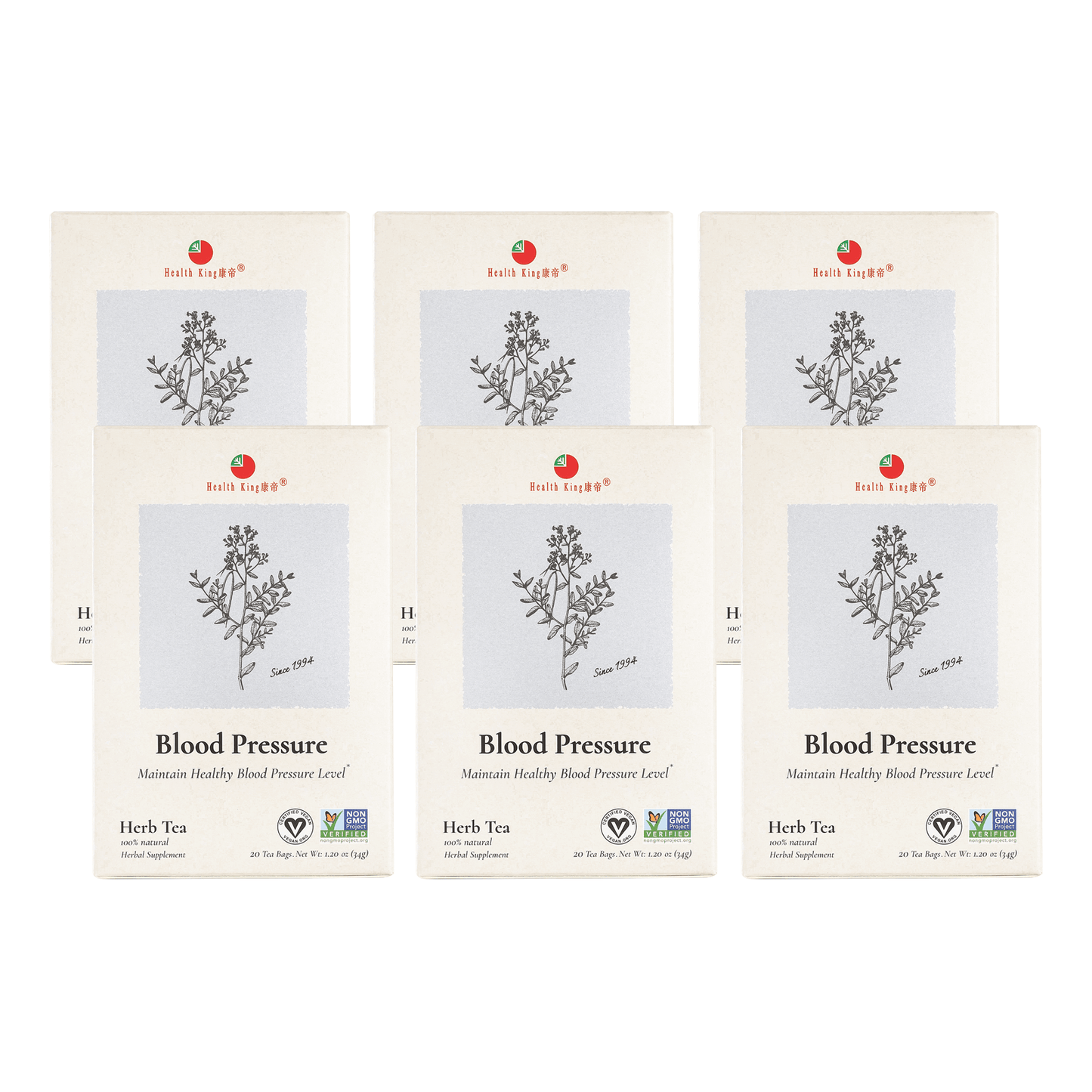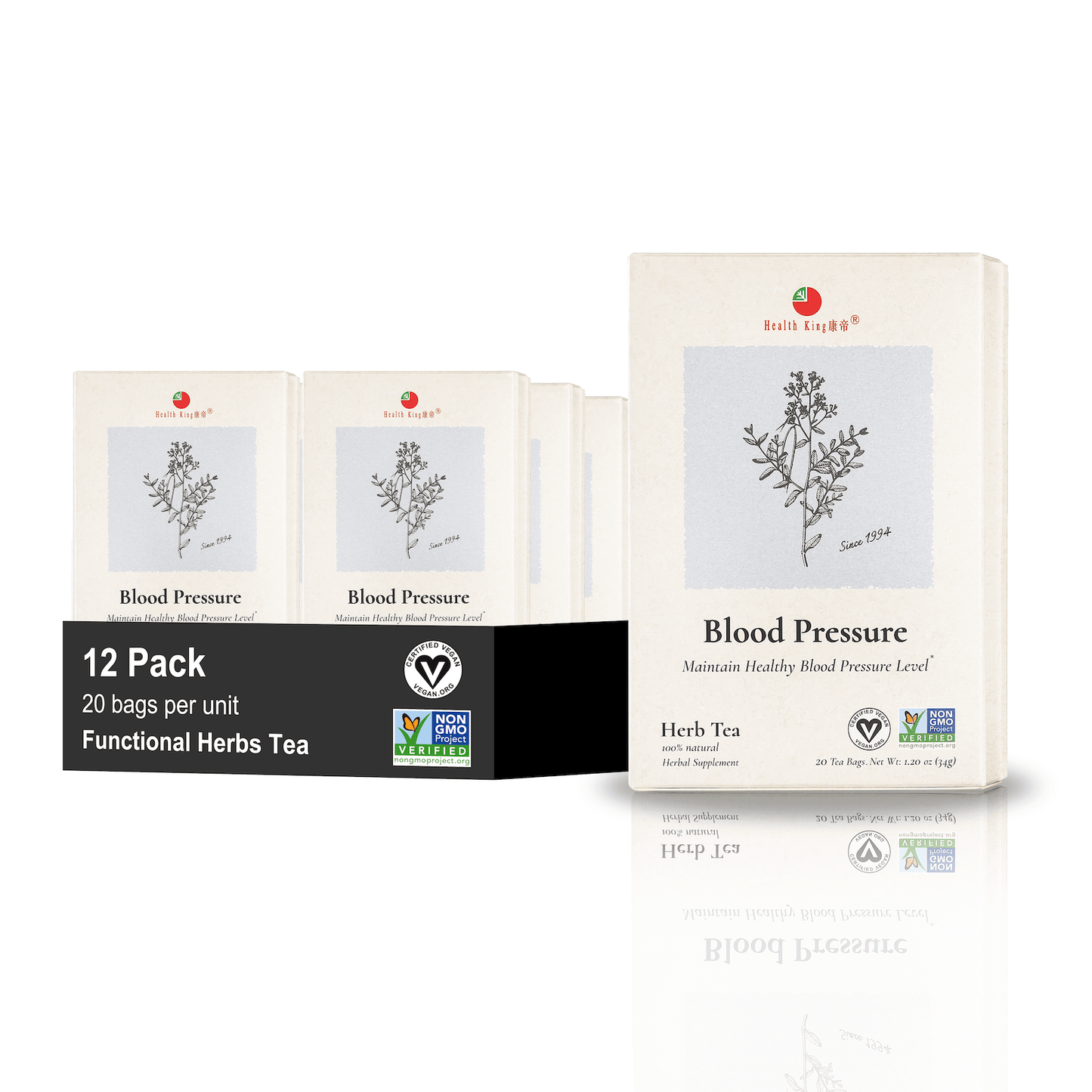Hypertension, or high blood pressure, is a global health concern. It's a silent killer, often showing no symptoms until it's too late.
Diet plays a crucial role in managing this condition. Certain foods can help lower blood pressure quickly, offering a natural remedy.
In this article, we delve into the science behind these foods. We'll explore how they work and how to incorporate them into your diet.
We'll also introduce you to Apocynum Venetum Leaf, a lesser-known but potent ally in the fight against hypertension.
Whether you're battling high blood pressure or simply aiming for optimal heart health, this guide is for you. Let's embark on this journey towards better health, one bite at a time.
Understanding Blood Pressure and Hypertension
Blood pressure is the force exerted by blood against the walls of your arteries. It's measured in millimeters of mercury (mmHg) and presented as two numbers.
The first number, systolic pressure, indicates the pressure when your heart beats. The second, diastolic pressure, is the pressure when your heart rests between beats.
Hypertension occurs when this pressure is consistently too high. It's a major risk factor for heart disease and stroke, affecting a significant portion of the adult population worldwide.
Understanding the factors that influence blood pressure is the first step towards managing it effectively.
The Role of Diet in Managing Blood Pressure
Dietary changes can have a profound impact on blood pressure levels. Certain nutrients and foods can help lower blood pressure quickly, offering a natural approach to managing hypertension.
The Dietary Approaches to Stop Hypertension (DASH) diet is a well-researched dietary pattern for lowering blood pressure. It emphasizes fruits, vegetables, whole grains, lean proteins, and low-fat dairy products.
In the following sections, we'll explore the key nutrients and foods that can help lower blood pressure, and how to incorporate them into your diet.
Key Nutrients That Affect Blood Pressure
Several nutrients play a crucial role in maintaining healthy blood pressure levels. These include potassium, magnesium, calcium, and omega-3 fatty acids.
Potassium helps to balance the negative effects of sodium, a mineral known to raise blood pressure. Magnesium and calcium aid in the regulation of blood pressure, while omega-3 fatty acids support heart health.
Here's a quick overview of these key nutrients:
- Potassium: Balances the effects of sodium, helps relax blood vessel walls.
- Magnesium: Helps regulate hundreds of body systems, including blood pressure.
- Calcium: Needed for blood vessel constriction and relaxation, nerve signal transmission.
- Omega-3 Fatty Acids: Reduce inflammation, lower blood pressure, decrease triglycerides.
Potassium: A Vital Mineral for Heart Health
Potassium is a vital mineral for heart health. It helps to balance the negative effects of sodium, which can raise blood pressure.
Foods rich in potassium, such as leafy greens and bananas, can help maintain healthy blood pressure levels.
Magnesium and Calcium: Essential for Blood Pressure Regulation
Magnesium and calcium are essential for blood pressure regulation. Magnesium helps relax blood vessels, while calcium is needed for blood vessel constriction and relaxation.
Foods like whole grains, leafy greens, and dairy products are good sources of these minerals.
Omega-3 Fatty Acids: The Heart's Ally
Omega-3 fatty acids are known as the heart's ally. They reduce inflammation, lower blood pressure, and decrease triglycerides.
Cold-water fish like salmon and mackerel are rich in omega-3 fatty acids. Other sources include flaxseeds and walnuts.
Top Foods That Lower Blood Pressure Quickly

There are numerous foods that can help lower blood pressure quickly. These foods are rich in the key nutrients we've discussed: potassium, magnesium, calcium, and omega-3 fatty acids.
Here are some top foods that can help lower blood pressure:
- Leafy greens
- Berries
- Garlic and onions
- Nuts and seeds
- Cold-water fish
by Loren Cutler (https://unsplash.com/@lorencutler)
Leafy Greens: Nature's Potassium-Rich Powerhouses
Leafy greens, such as spinach and kale, are excellent sources of potassium. This mineral helps to balance the negative effects of sodium on blood pressure.
by Dan Gold (https://unsplash.com/@danielcgold)
Berries: Flavonoid-Filled Blood Pressure Aids
Berries, especially blueberries, are packed with flavonoids. These compounds may help lower blood pressure by improving the function of your blood vessels.
by Joanna Kosinska (https://unsplash.com/@joannakosinska)
Garlic and Onions: A Pungent Solution to Hypertension
Garlic and onions have been shown to have a blood pressure-lowering effect. These pungent foods are a tasty addition to any heart-healthy diet.
by Justus Menke (https://unsplash.com/@justusmenke)
Nuts and Seeds: Nutrient-Dense Snacks for Stable Pressure
Nuts and seeds, such as flaxseeds and sunflower seeds, are high in potassium, magnesium, and omega-3 fatty acids. These nutrient-dense snacks can help maintain healthy blood pressure levels.
by Maddi Bazzocco (https://unsplash.com/@maddibazzocco)
Cold-Water Fish: Omega-3 Power for Your Heart
Cold-water fish like salmon and mackerel are rich in omega-3 fatty acids. These heart-healthy fats can help lower blood pressure and reduce inflammation.
by Paul Einerhand (https://unsplash.com/@pauleinerhand)
The Surprising Benefits of Apocynum Venetum Leaf
Apocynum Venetum Leaf, a lesser-known remedy, has been used in traditional medicine to treat hypertension. Recent studies suggest that this plant may improve heart function and lower blood pressure.
The mechanisms by which Apocynum Venetum Leaf may lower blood pressure include diuretic effects and vasodilation. This means it can help your body get rid of excess sodium and water, and it can also relax your blood vessels.
Incorporating Apocynum Venetum Leaf into your diet could provide an additional natural strategy for managing blood pressure.
by Phill Dane (https://unsplash.com/@philldane)
Incorporating Blood Pressure-Lowering Foods into Your Diet
Incorporating a variety of these foods into a balanced diet can create a synergistic effect on blood pressure. It's not just about individual foods, but a consistent eating pattern that matters.
Here are some practical tips for incorporating these foods into daily meals:
- Start your day with a bowl of oatmeal topped with berries.
- Include leafy greens in your lunch and dinner.
- Snack on nuts and seeds.
- Use garlic and onions generously in your cooking.
- Enjoy a piece of dark chocolate as a treat.
Remember, it's important to consult with a healthcare provider before making significant changes to your diet, especially if you have a medical condition.
Meal Planning and Preparation: A Strategy for Success
Meal planning and preparation can be a game-changer in maintaining a blood pressure-friendly diet. It helps ensure that you have healthy options readily available, reducing the temptation to reach for high-sodium processed foods.
Consider dedicating a few hours each week to prepare meals and snacks. This could involve washing and chopping vegetables, cooking whole grains, or portioning out nuts and seeds for snacks.
Reading Food Labels: Avoiding Hidden Sodium
Reducing sodium intake is crucial for lowering blood pressure. However, sodium can often be hidden in processed foods, even those that don't taste particularly salty.
Reading food labels can help you identify these hidden sources of sodium. Look for foods labeled "low sodium," "reduced sodium," or "no salt added." Also, be aware that terms like "broth," "brine," or "monosodium glutamate" indicate sodium.
Lifestyle Considerations and Final Thoughts

While diet plays a significant role in managing blood pressure, it's just one piece of the puzzle. Other lifestyle changes, such as regular exercise and stress management, complement dietary efforts to lower blood pressure.
Chronic inflammation can affect blood pressure, and diet can play a role in reducing inflammation. However, it's also important to manage stress, as it can trigger inflammation and raise blood pressure.
Exercise and Stress Management: Complementary Approaches
Regular physical activity can help lower blood pressure and keep it down. Aim for at least 30 minutes of moderate-intensity exercise most days of the week.
Stress management techniques, such as meditation, deep breathing, and yoga, can also help control blood pressure. These practices can reduce stress hormones that constrict blood vessels, raising blood pressure.
Monitoring Progress: The Importance of Consistency
Monitoring blood pressure at home can help track the effects of dietary changes. It's important to be consistent in your efforts and patient with the process.
Remember, while diet is important, medication may still be necessary for some individuals. Always consult with your healthcare provider before making significant changes to your treatment plan.
Conclusion and Call to Action
In conclusion, a variety of foods can help lower blood pressure quickly. However, it's essential to incorporate these foods into a balanced diet and maintain other healthy lifestyle habits.
We encourage you to take steps towards a healthier diet and share this article with others who might benefit. Your journey to lower blood pressure starts with your next meal.
